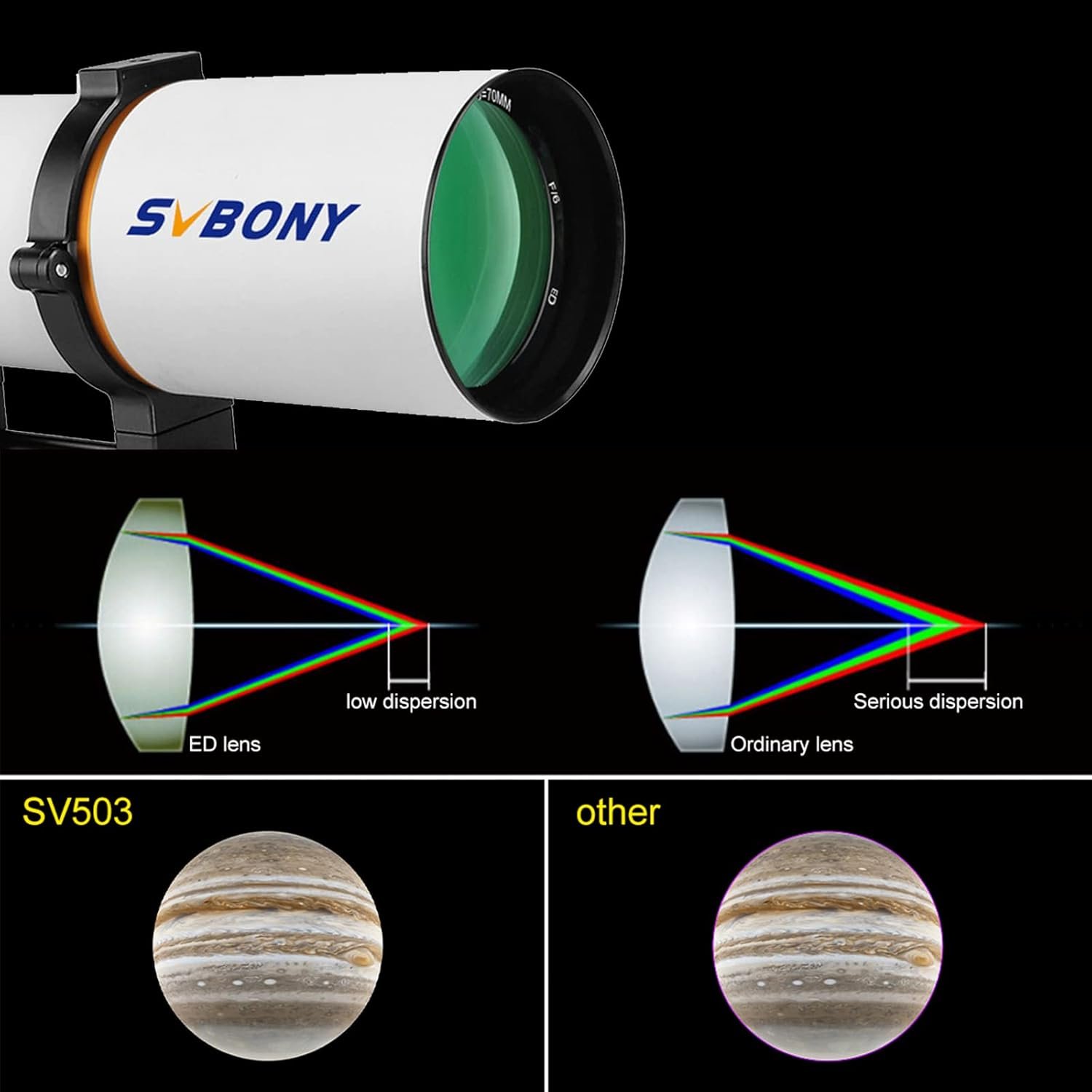Discover how technological advancements are revolutionizing the search for extraterrestrial life. Explore exciting missions and future prospects!
Key Takeaways
- Technological Advancements: Innovative methods are transforming how we search for extraterrestrial life.
- Exciting Missions: Ongoing and future space missions are targeting promising celestial bodies.
- Exoplanets Exploration: The study of exoplanets enhances our understanding of potential life-supporting environments.
- Challenges Ahead: Distinguishing between signs of life and non-biological processes remains complex.
The quest to discover extraterrestrial life has gained momentum, with a new frontier opening in this fascinating field. As technology continues to advance, scientists are exploring innovative methods and conducting ambitious missions to uncover the secrets of the universe. This blog post will delve into the recent developments, current focus areas, and future prospects in the search for extraterrestrial life.
Recent Technological Advancements
Agnostic Biosignature Detection
One of the most groundbreaking areas of research is agnostic biosignature detection. Traditional methods often rely on the assumption that extraterrestrial life will share similar molecular structures to those found on Earth. However, the Laboratory for Agnostic Biosignatures (LAB) is pioneering a different approach. This method focuses on fundamental markers of biology, such as molecular complexity and chemical disequilibrium.
By not limiting the search to Earth-like life forms, scientists can explore a broader range of possibilities. For instance, life forms that do not rely on carbon-based chemistry might be detectable using these new techniques. This shift represents a significant advancement in our understanding of what life could look like elsewhere in the universe.
Advanced Spectroscopy Techniques
Another significant development in the search for extraterrestrial life is the enhancement of spectroscopy techniques. High-contrast imaging and medium-resolution spectroscopy allow scientists to analyze light spectra from distant planets. This analysis helps identify chemical compounds that could indicate biological processes.
For example, researchers can study the atmospheres of rocky exoplanets for gases such as oxygen and methane. These gases are typically produced by biological activity on Earth, making their presence in an exoplanet’s atmosphere a potential sign of life. The ability to detect these biosignatures from vast distances marks a crucial step forward in our quest to find extraterrestrial life.
Machine Learning and AI Integration
The integration of machine learning and artificial intelligence (AI) into the search for extraterrestrial life has opened new avenues for data analysis. Programs like Breakthrough Listen are leveraging advanced machine learning techniques to process massive datasets from radio telescopes.
This approach has already identified potential technosignatures, which are signs of technology from alien civilizations. By utilizing AI, researchers can efficiently sift through vast amounts of data and potentially uncover signals or patterns that human researchers might overlook. This technological leap enhances our chances of finding evidence of intelligent life beyond Earth.
Promising Space Missions

Mars Exploration
Mars remains a primary target in the search for extraterrestrial life, particularly due to its past conditions that may have supported life. NASA’s Perseverance rover, launched in 2020, is currently exploring Jezero Crater, believed to have once been a lakebed. Equipped with sophisticated instruments, Perseverance is designed to detect signs of past life by analyzing organic compounds and minerals linked to biological processes.
The rover is actively collecting samples from the Martian surface, which are expected to be returned to Earth in the early 2030s. These samples could provide groundbreaking evidence of past microbial life on Mars, helping us understand whether we are alone in the universe.
Icy Moons Exploration
In addition to Mars, several missions are underway to explore the icy moons of Jupiter and Saturn. These moons—particularly Europa and Enceladus—are considered among the most promising places to find extraterrestrial life due to their subsurface oceans.
The European Space Agency’s Jupiter Icy Moons Explorer (Juice) mission, launched in 2022, aims to study Jupiter and its moons closely. NASA’s Europa Clipper mission, scheduled for launch in the 2030s, will investigate Europa’s ice-covered ocean further. These missions seek to understand the potential habitability of these moons and search for signs of life hidden beneath their icy surfaces.
James Webb Space Telescope (JWST)
The James Webb Space Telescope (JWST) represents a significant advancement in our ability to study distant exoplanets. Operational since 2021, JWST can analyze exoplanetary atmospheres for biosignatures. Researchers are particularly focused on studying the atmospheres of exoplanets within the TRAPPIST-1 system, which contains several Earth-sized planets located in the habitable zone.
With its advanced capabilities, JWST allows scientists to gather crucial data about exoplanetary environments. By identifying chemical signatures that could indicate life, JWST plays a vital role in our ongoing search for extraterrestrial organisms.
Current Focus Areas
Potential Habitats in Our Solar System
Mars
Mars continues to be a focal point in the search for extraterrestrial life due to its past conditions conducive to supporting life. Evidence suggests that liquid water once flowed on its surface, leading researchers to explore ancient lakebeds for signs of past microbial life.
The possibility of subsurface microbial life also remains intriguing. Some scientists believe that if life ever existed on Mars, it may have retreated underground where conditions are more favorable.
Europa and Enceladus
Jupiter’s moon Europa and Saturn’s moon Enceladus are considered significant targets for discovering extraterrestrial life due to their subsurface oceans. These oceans are kept warm by tidal heating and may provide the right conditions for life.
In 2021, NASA’s astrobiology program identified organic compounds on Enceladus, suggesting that it may harbor environments conducive to life. The combination of water, organic materials, and energy sources makes these moons prime candidates for future exploration.
Titan
Titan, Saturn’s largest moon, stands out with its dense atmosphere and surface lakes filled with liquid methane and ethane. While traditional carbon-based life may struggle to thrive in such conditions, scientists are investigating the potential for methane-based life forms.
NASA’s upcoming Dragonfly mission, set to launch in 2028, will explore Titan’s surface and atmosphere for signs of life. This innovative drone mission aims to gather data about Titan’s unique environment and assess its habitability.
Exoplanets and Biosignatures
The search for extraterrestrial life increasingly focuses on exoplanets located in habitable zones where conditions could support liquid water. Scientists actively seek chemical biosignatures—gases like oxygen and methane—in these exoplanetary atmospheres.
The TRAPPIST-1 system has garnered significant interest due to its several Earth-sized planets with favorable conditions for hosting life. By studying these exoplanets’ atmospheric compositions, researchers hope to find evidence indicating the presence of biological activity.
Technosignatures
Beyond biosignatures, researchers also search for technosignatures—signs of technology from intelligent civilizations. This broader approach enables scientists to look for signals beyond biological indicators, such as radio waves or other electromagnetic emissions that may suggest advanced civilizations.
By adopting this wider perspective, scientists aim to expand their understanding of what constitutes evidence of intelligent life beyond Earth.
Future Prospects and Challenges

Upcoming Missions and Technologies
Several upcoming missions promise to advance our search for extraterrestrial life even further:
- NASA’s Habitable Worlds Observatory (HWO): Planned for the 2030s, this observatory aims to minimize starlight interference while studying Earth-like exoplanets for signs of life.
- European Southern Observatory’s Extremely Large Telescope (ELT): Expected to be operational later this decade, ELT will analyze planetary atmospheres in detail and search for chemical signatures of life.
- Advancements in Detection Technologies: In situ detection technologies like capillary electrophoresis and biosensors are being refined to enhance biosignature detection efficiency.
Challenges Ahead
Despite these advancements, significant challenges remain in the search for extraterrestrial life:
False Positives and Abiotic Processes
Distinguishing between biological indicators and abiotic processes is a considerable challenge. Gases traditionally considered biosignatures can also be produced through non-biological means. For instance, dimethyl sulfide (DMS) can arise from geological processes rather than biological activity.
This complexity emphasizes the need for cautious interpretation of potential signs of life. Researchers must develop methodologies that clearly differentiate between biological origins and abiotic processes.
Technical Limitations
Distance poses a technical challenge when searching for extraterrestrial life. While the probability of finding life may increase with distance from Earth, detecting biosignatures diminishes as distance grows. Continued advancements in observational technologies are essential to enhance our chances of making discoveries.
Complexity of Life Detection
Detecting microbial life is inherently complex due to various factors influencing interpretation. The Viking missions faced challenges in identifying signs of life due to ambiguous results. Furthermore, extraterrestrial organisms may not share biochemical characteristics with those found on Earth.
This complexity necessitates innovative approaches to ensure accurate detection methodologies are developed and implemented.
Environmental Constraints
Extreme environmental conditions on other planets present challenges for both potential life forms and scientific instruments. Harsh conditions like extreme temperatures and radiation can hinder efforts to detect signs of life effectively.
Scientists must consider these limitations when planning missions and designing instruments capable of enduring such environments while providing reliable data.
Final Thoughts
A new frontier is opening in the search for extraterrestrial life as technological advancements reshape our understanding of where and how we might find other forms of existence. With ongoing space missions targeting promising celestial bodies and enhanced methodologies for detecting biosignatures and technosignatures, we are at an exciting juncture in this quest.
While challenges remain—such as distinguishing between biological and abiotic processes—the potential breakthroughs from upcoming missions promise to deepen our understanding of life’s possibilities beyond Earth. As we continue exploring this new frontier, we move closer to answering one of humanity’s most profound questions: Are we alone in the universe?
The coming years hold great promise for groundbreaking discoveries that could fundamentally change our perspective on life itself and our place within the cosmos.
This comprehensive exploration highlights how a new frontier is opening in the search for extraterrestrial life through technological innovations, ambitious missions, and ongoing studies into exoplanets—all while addressing the challenges that lie ahead.































